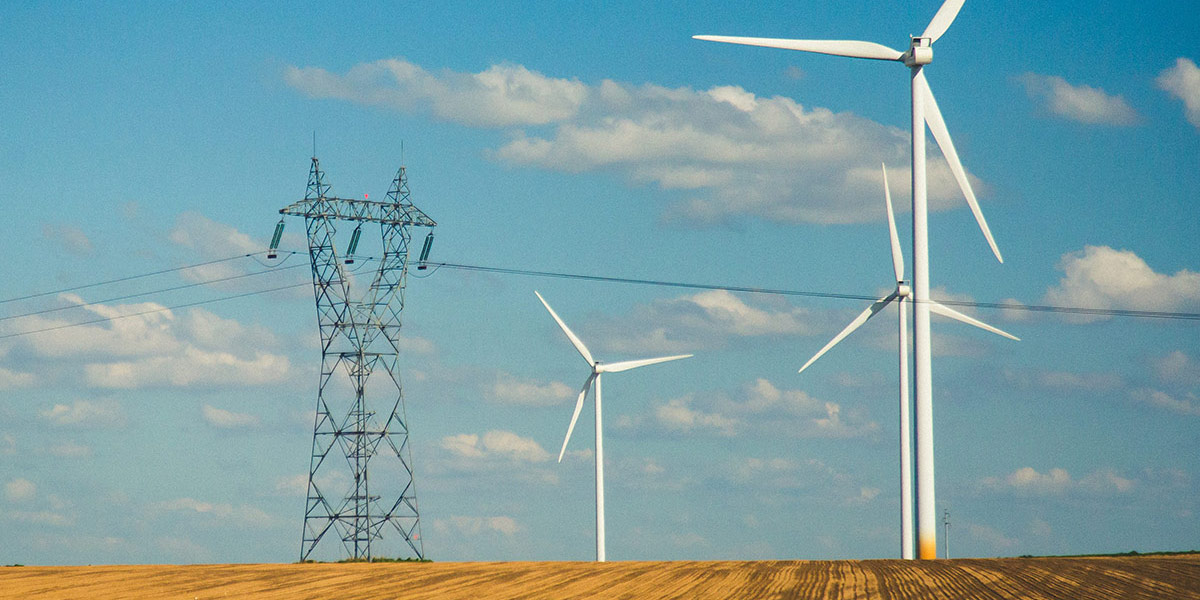News
WindEurope leads debate on addressing our System Integration challenges

22 October 2019
Last week, WindEurope participated in the Wind Integration Workshop. Held in Dublin from 16 to 18 October, the 18th edition of this event gathered international experts on grid integration from industry and academia.
Power system issues such as frequency control, voltage stability, harmonics and grid connection requirements were the recurrent topics. And grid forming converters, for the 3rd year in a row, was the hot topic of the conference.
WindEurope organised its own industry session on the topic: Can wind energy make the power system happy? OEMs Enercon and Vestas, wind farm operator Acciona and the Australian system and market operator AEMO addressed the topic. In a system with a decreasing contribution from conventional synchronous generators and increased power demand, the support from renewable energy plants, consumers and new technologies needs to step up.
All the speakers agreed that wind energy is a versatile and flexible technology that can provide ample support with regards to frequency and voltage control. But system operators are also searching for new sources of inertia, black-start capability and overall system strength. Today’s converters at wind farms and PV plants can offer limited support in those areas.
So everyone agrees: both grid requirements and technology need to keep evolving. And many questions arise: how large is the need for those services? Should it only be the generators providing these, or can there be new market players (e.g. stand-alone storage systems)? How much of the fleet should incorporate these new capabilities (which come at an extra cost)? What is the cost of those? And finally: how do we incentivise the development and market uptake of the technology?
Daniel Fraile, WindEurope’s Head of Market Intelligence, said, “The wind industry is fully aligned on these questions, as reflected during the discussions in Dublin. New functionalities both in hardware and software, additional features and oversized systems do come with an extra cost. And only a fraction of the fleet (e.g. largest wind farms, specific locations, etc.) might need to deploy them. TSOs and governments need to put in place market for those services with clear product specification. This will limit the cost for consumers, and help to correctly price the value of such system support features.”
The wind industry is not just looking into future system services. Today European TSOs have started to apply the new grid connection rules steaming from the European Network connection code (which entered into force in May 2019). But the challenges are multiple. Proving compliance with regards to voltage control is not an easy task. There are multiple interactions between new and old wind farms, connected at various voltage levels. But all have to comply with different requirements at the same connection point. Translating grid code requirements into real system services and support is set to be one of the biggest challenges facing European power systems over the years to come.
WindEurope is ready and willing to work with TSOs to develop the future generation of requirements, but most importantly, to agree on a common and extremely clear guidance on how to apply those. We are not there yet today. As always, collaboration is crucial to a successful energy transition.

